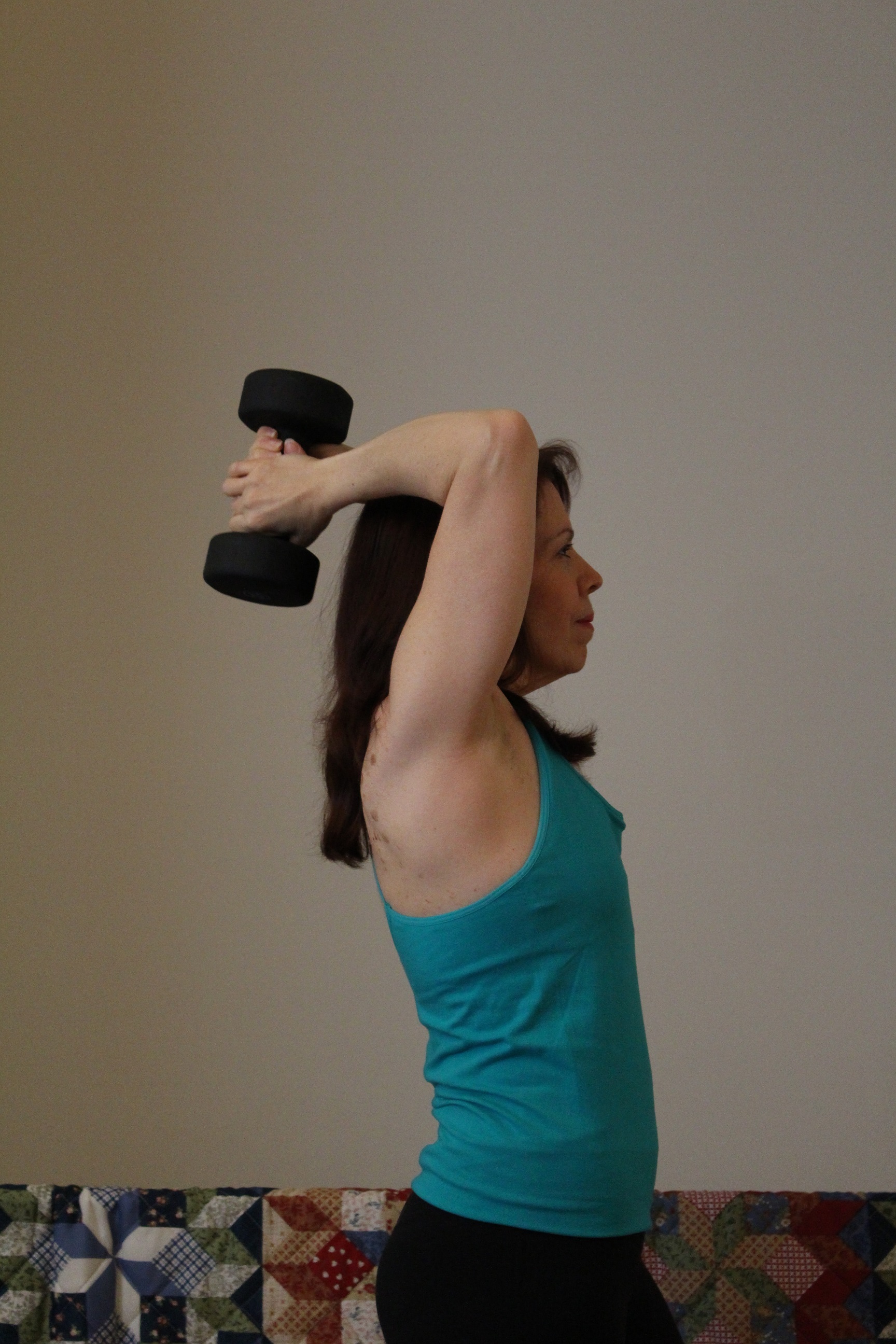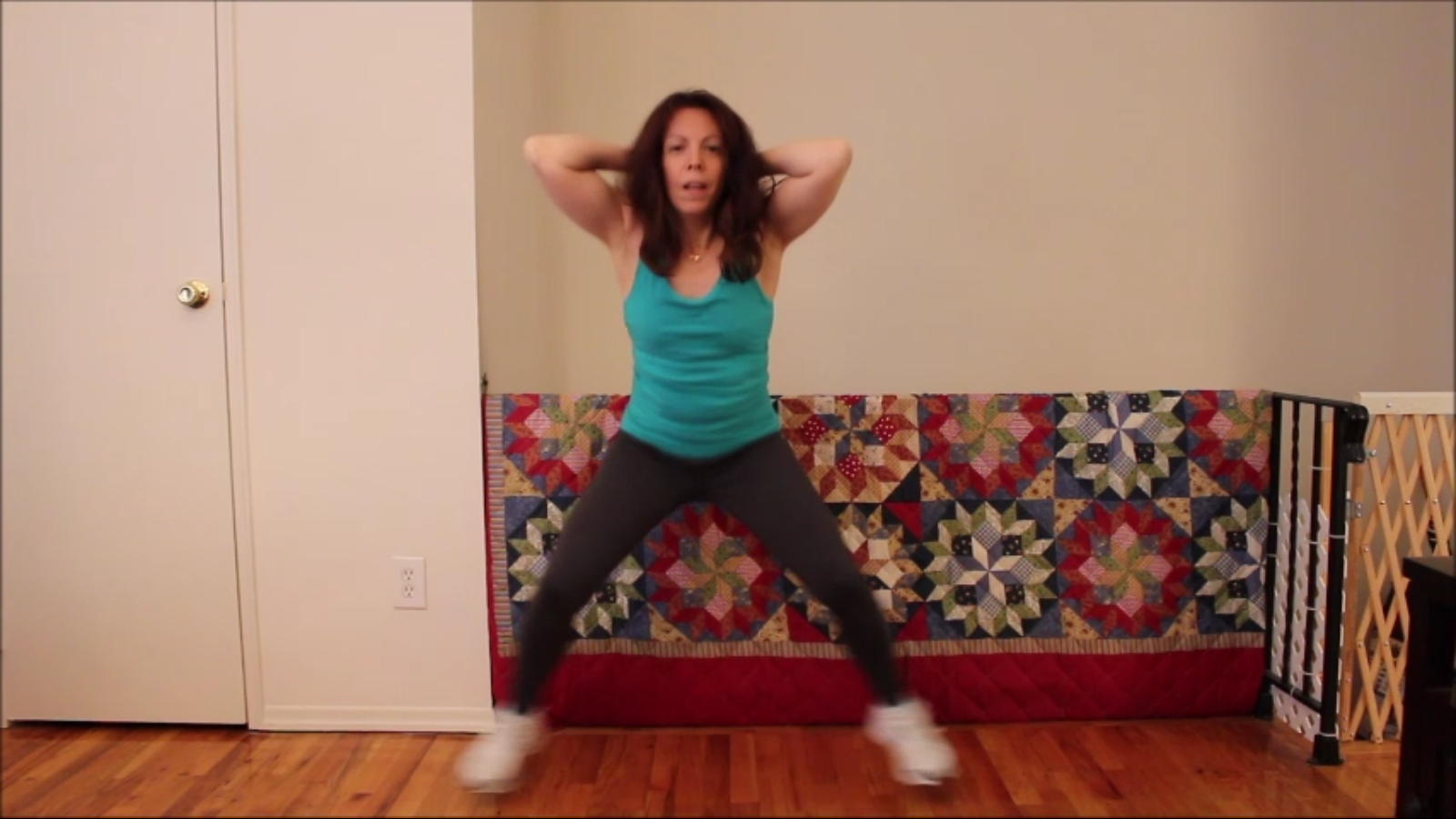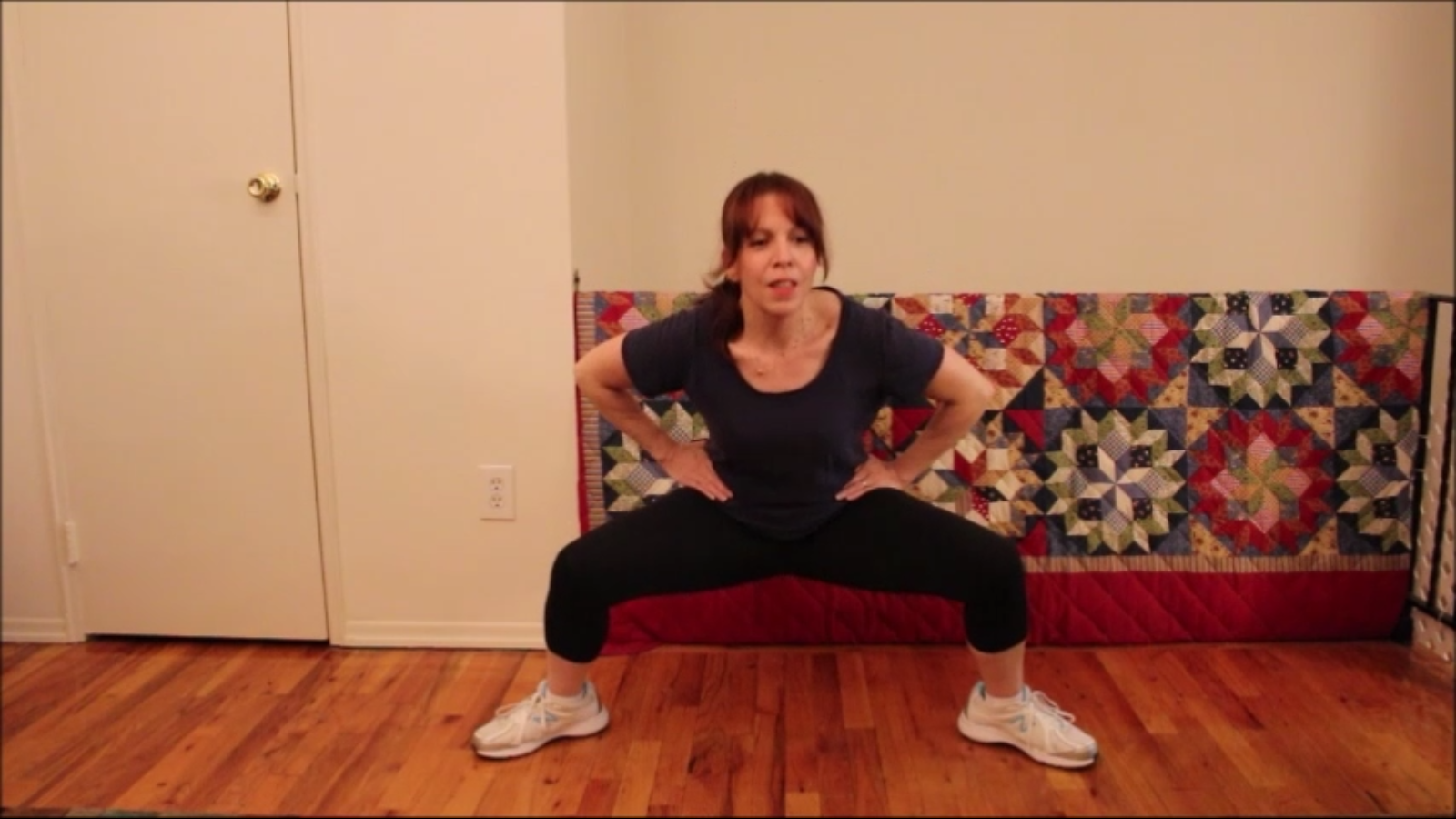
1. Scheduling Your Workout
Your muscles require rest to recover after strength training. If your muscles are not given a chance to recuperate it can undermine your progress and leave you unduly sore. It is for this reason, that it’s a good idea to break up your workout schedule. One way to do this would be to schedule your strength training days between your cardio or yoga days. So for example, your schedule might look like this:
| Monday | Tuesday | Wednesday | Thursday | Friday | Saturday | Sunday |
| Cardio | Strength Training | Yoga | Strength Training | Cardio | Off | Off |
Another way to break up your schedule might look like this:
| Monday | Tuesday | Wednesday | Thursday | Friday | Saturday | Sunday |
| Cardio | Upper Body Strength Training |
Lower Body Strength Training |
Yoga | Cardio | Off | Off |
You could even schedule in rest days, between workouts, if you like. The important thing to remember is that by staggering your workouts you give your muscles a chance to recover.
2. When to Workout
It is important to workout during a part of the day when you feel the most energized. A good objective is to pick a time 1-2 hours after a meal. Your body will have the energy from your recent meal, with plenty of time after eating to avoid some uncomfortable digestive issues. Here’s some critical information, if you like to exercise in the morning: it is never a good plan to begin training before breakfast. Your body has no reserves of energy to use after so many hours without food. You need to eat in order to spark your metabolism. If you try to exercise before eating, your body won’t be able to perform well. You will feel tired & sapped of energy. Always make sure you eat something before attempting to work out. Make sure to give yourself enough time to digest your meal. After an hour or two, you can begin your exercise program with the confidence that you will have enough energy to sustain the activity, and enjoy yourself.
3. What to Wear
Don’t worry, nobody called the fashion police!
Unless you’re enrolled in a class where there might be a dress code or a uniform involved, (like karate, or ballroom dance) you don’t need to spend a lot of time & money on a fancy outfit. Of course if that’s what makes you happy, go for it! But if not, all you need are some comfortable, loose fitting clothing. If you are going to practice yoga, pick a top that won’t fall over your eyes during yoga poses like downward dog. For the top, I recommend a sports bra for women (you can were a light weight top over it if you like), or a comfortable tank top for men. For the bottoms, I’d suggest a loose fitting pair of shorts, or light weight pants that won’t restrict your movement. If you work out at home, you could even wear your pajama bottoms! The place to spend some money would be to invest in a good pair of shoes. Pick shoes that are appropriate for whatever activity you’re doing. I enjoy doing yoga in my bare feet, but a good pair of running shoes would be useful if I was going out for a run, I’d choose court shoes for tennis, and so on.
4. Keeping Hydrated
“Drink 8 glasses of water a day.” You’ve probably heard that recommendation till water is coming out of your ears! But guess what? It’s good advice.
Before, after, and especially during your fitness routine your body needs to stay hydrated. According an article written in the Encyclopedia Britannica, 50% – 70% of our body weight is composed of water. Did you know that the human body can only go for a handful of days without water? Water is used for so many vital functions in our bodies, like maintaining our blood pressure, and lubricating our joints. Water is also used to help regulate our core body temperature. When we sweat during physical exertion, the evaporation process helps cool us down. When you sweat you need to replace the water that your body has lost. A convenient way to do that is to keep a full bottle of fresh water handy during your workout.
Many folks think that sports drinks are the way to go when it comes to staying hydrated.
Here’s the problem with that idea: sports drinks are loaded with added sugar, salt, and artificial ingredients. A more natural replacement for these neon-colored sports drinks is 100% pure coconut water. Coconut water is lower in sugar and salt, and can be easily found in the water aisle of most major supermarkets. It’s got naturally occurring electrolytes, including tons of potassium. Coconut water is a smart choice for rehydration after a workout. Try adding some to the water in your water bottle for a more refreshing drink during your workout! It is also a fantastic way to stay hydrated in the summer. Last summer I kept a water bottle, filled with ice, water, and coconut water, with me all the time. Look for 100% pure on the label. There should also only be one ingredient listed on the package.
5. Stretching, the Truth
Remember to stretch before and after your workouts. Stretching is a critical part of any warm up or cool down in your exercise routine. Stretching before your workout helps get your muscles ready for the work they’re about to do and also helps prevent injuries. Just as stretching before most fitness activities is imperative, so is stretching afterward. After a workout, your muscles are tired and may be tight. Stretching, in conjunction with a cool down, helps loosen and relax your muscles. Loose, relaxed muscles are less likely to be sore, and less likely to cramp up.
6. Make Time for Sleep
We are all so busy all of the time! The day never seems to have enough hours in it, and there’s always more to do. This frantic pace leaves us fatigued, dazed, and stressed out!
Let me explain to you why it is so vital to get enough sleep. Most of us need 7-8 hours of sleep each night in order to function at full capacity during the day. When we don’t get that, we’re more likely to make mistakes, and have trouble focusing on our goals (or anything else for that matter.) In this state, we’re also more susceptible to injuries, because sleep helps the body restore itself. Furthermore, when we’re tired and unfocused, we are likely to feel even more stressed. A lack of sleep has even been linked to depression, and obesity.
Now here’s the good news: when we do get our 7-8 hours of sleep at night, it helps us in amazing ways. Sleep not only improves our sports and fitness performance, it also restores our bodies, gives our minds clarity, helps relieve stress, and allows us to focus and prioritize. Getting the right amount of sleep is like backing up our files. It allows us to process the events of the day and the things that we have learned and experienced. A well rested individual can solve problems more easily, and make better decisions. Studies have shown that the amount of sleep we get may even affect how well we learn and remember things.
So, schedule in some serious sleep time for yourself and make it one of your top priorities. It will definitely improve your workouts and make them more pleasurable. You owe it to yourself and to those you care for to be on your game, and more importantly to be well.
I hope you found these tips to be helpful! Please let me know if there are any topics that you would like to learn more about or would like to see covered in future posts. I’d love to hear from you. Thanks for dropping by, have a great day!



